| Structure | Name/CAS No. | Articles |
|---|---|---|
 |
Ethanol
CAS:64-17-5 |
|
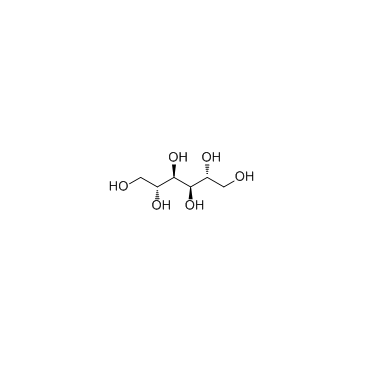 |
D-Mannitol
CAS:69-65-8 |
|
 |
1-Propanol
CAS:71-23-8 |
|
 |
carbon black
CAS:1333-86-4 |
|
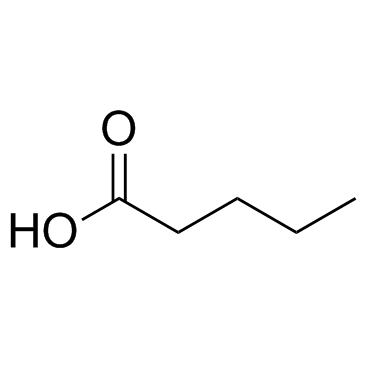 |
Pentanoic acid
CAS:109-52-4 |
|
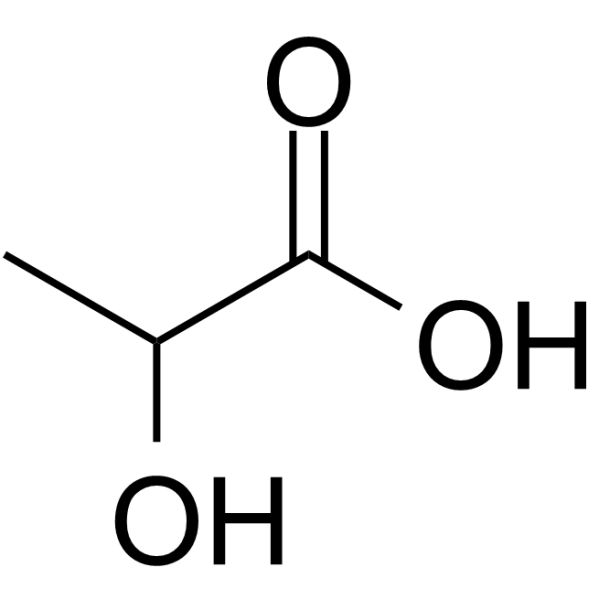 |
Lactic acid
CAS:50-21-5 |
|
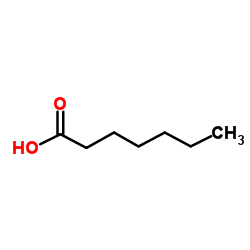 |
n-heptanoic acid
CAS:111-14-8 |
|
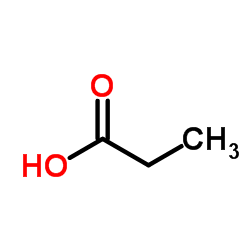 |
Propionic acid
CAS:79-09-4 |
|
 |
METHANE
CAS:74-82-8 |
|
 |
acetic acid
CAS:1173022-32-6 |